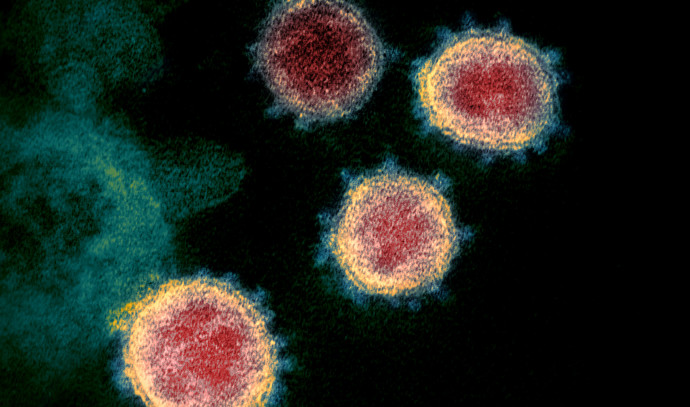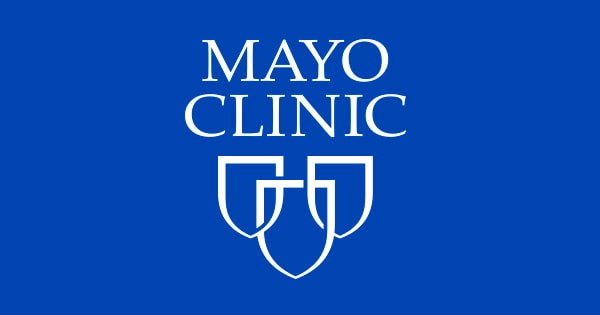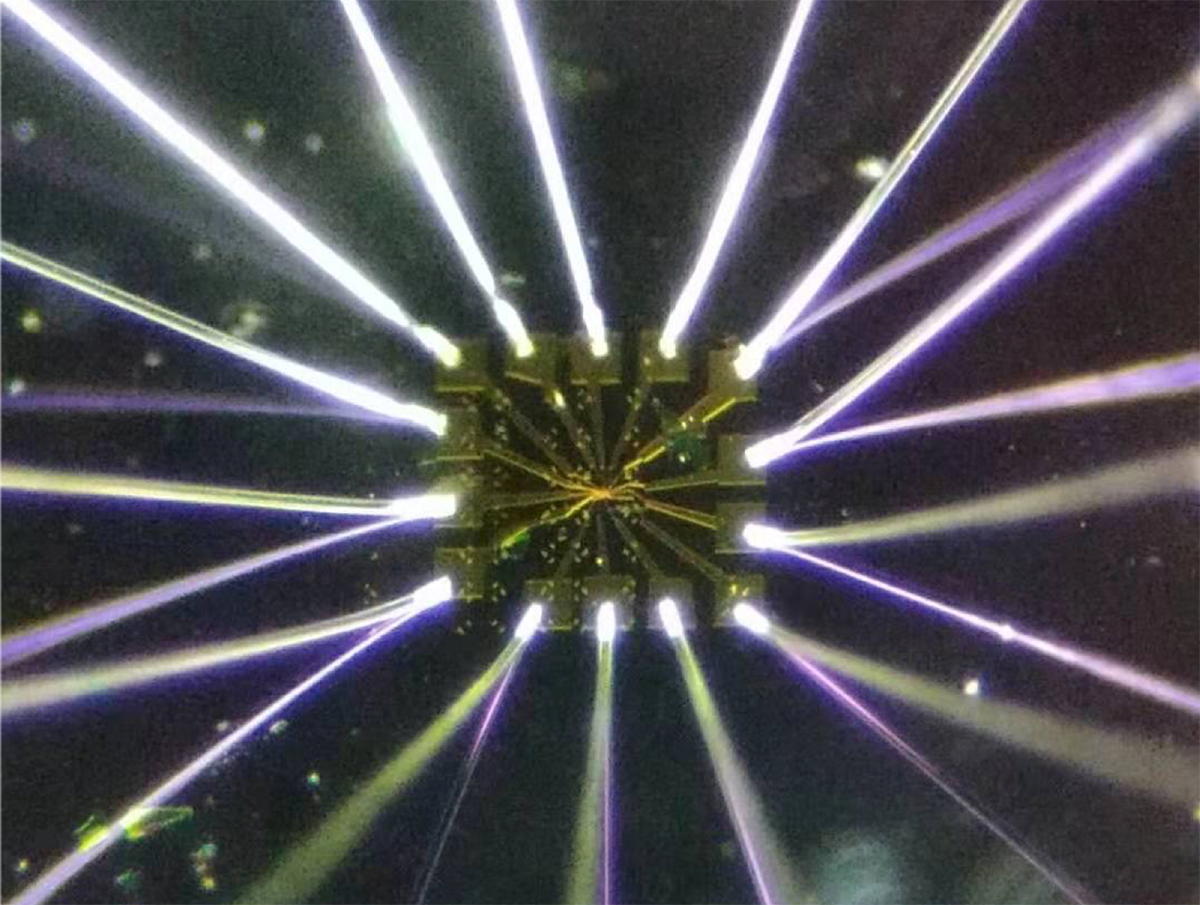RodISHI
Platinum Member
- Nov 29, 2008
- 25,786
- 11,297
- 940
Vaccine hesitant people already knew that vaccines weaken the immune system. Simple observation and common sense should let most know that. The big CV jab though does even worse.
 www.sciencemag.org
The COVID-19 vaccine made by Pfizer and BioNTech appears to put young men at elevated risk of developing a heart muscle inflammation called myocarditis, researchers in Israel say. In a report submitted today to the Israeli Ministry of Health, they conclude that between one in 3000 and one in 6000 men ages 16 to 24 who received the vaccine developed the rare condition. But most cases were mild and resolved within a few weeks, which is typical for myocarditis. “I can’t imagine it’s going to be anything that would cause medical people to say we shouldn’t vaccinate kids,” says Douglas Diekema, a pediatrician and bioethicist at Seattle Children’s Hospital.
www.sciencemag.org
The COVID-19 vaccine made by Pfizer and BioNTech appears to put young men at elevated risk of developing a heart muscle inflammation called myocarditis, researchers in Israel say. In a report submitted today to the Israeli Ministry of Health, they conclude that between one in 3000 and one in 6000 men ages 16 to 24 who received the vaccine developed the rare condition. But most cases were mild and resolved within a few weeks, which is typical for myocarditis. “I can’t imagine it’s going to be anything that would cause medical people to say we shouldn’t vaccinate kids,” says Douglas Diekema, a pediatrician and bioethicist at Seattle Children’s Hospital.
Israeli health officials first flagged the issue in April, when they reported more than 60 cases, mostly in young men who had received their second dose of vaccine a few days earlier...cont @ link

 www.jpost.com
www.jpost.com
“We usually see it disappearing in the summer, but if we consider the numbers now, it looks like winter in previous years,” said Brosh. “During the winter 2020-2021, we did not see one individual case of RSV.”

Science | AAAS
Israeli health officials first flagged the issue in April, when they reported more than 60 cases, mostly in young men who had received their second dose of vaccine a few days earlier...cont @ link

COVID-19 might be over, but viral infections in Israel are surging
Children and adults around the country are getting sick as it usually happens in the winter, experts say.
“We usually see it disappearing in the summer, but if we consider the numbers now, it looks like winter in previous years,” said Brosh. “During the winter 2020-2021, we did not see one individual case of RSV.”






